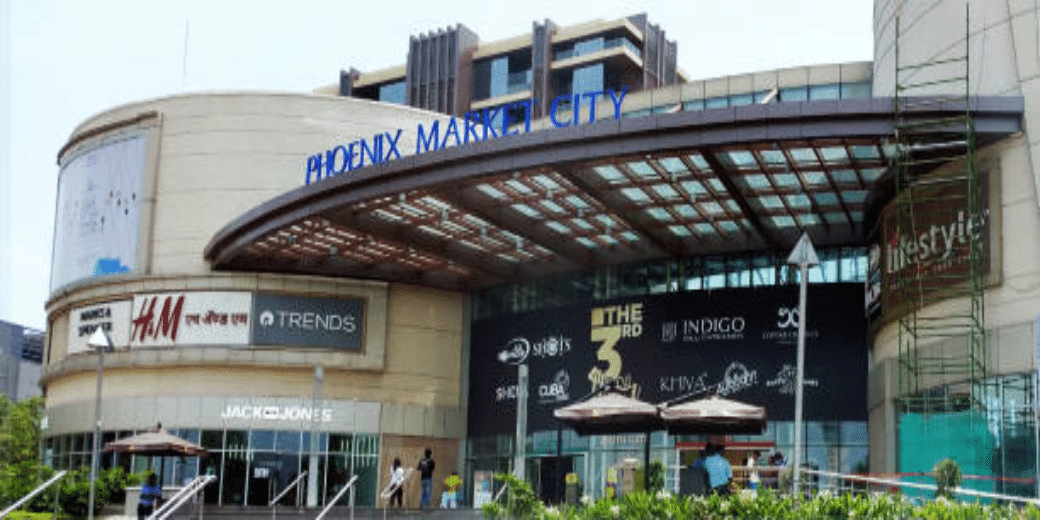Global brands moving outlets to tier 2, 3 cities
The list of such cities includes Coimbatore, Kochi, Goa, Chandigarh, Patna, Jaipur and Lucknow.

That tier 2 and 3 cities are becoming new engines of consumption and growth in India has already been recognised by the real estate and e-commerce sectors, and now global brands are stamping that recognition by moving to these cities through retail stores and spreading their presence beyond the metro cities where they have been trying to peddle their wares so far.
Brands such as Marks & Spencer, Zara, Nike, Adidas, Starbucks, Uniqlo, H&M are moving swiftly into non-metro cities, The Times of India has reported quoting findings of a recent study by CBRE.
These cities are witnessing fast growth in infrastructure, rising working population and recruitment managers hiring more students from these cities.
The list of such cities includes Coimbatore, Kochi, Goa, Chandigarh, Patna, Jaipur and Lucknow.
“Most of these non-metros are established trade and business hubs, and are also witnessing a healthy traction in commercial office space take-up… retail supply has matured, moving away from vanilla stores on high streets to the entry of investment-grade developers who are setting up quality retail spaces, which serve as both entertainment and shopping destinations,” said analysts at CBRE (Coldwell Banker Richard Ellis), which is a US commercial real estate services and investment firm, recognised as a top in its business worldwide.
As of September last year, Jaipur, Lucknow and Chandigarh each had retail stock ranging between 30-70 lakh square feet.
CaratLane, which is owned by the Tatas, is betting big on tier-2 markets and has doubled its store footprint in places like Lucknow and Indore over the past year. Atul Sinha, the COO of CaratLane told the newspaper, “To give a sense, CaratLane started FY23 with 22 stores in tier-2 cities and now has 39 stores in these cities. There are a host of other smaller towns like Kochi, Guwahati, Ludhiana, and Mysore where we have seen strong demand and have increased our store footprint in the last one year.”
Incidentally, e-commerce has already expanded its footprint in increasing its presence in smaller cities. Digital payments and online shopping grew after the pandemic and it has also led to a rise in the consumers trying out new brands, creating scope for retailers to expand their presence in these cities. About half of online shoppers from urban India were present in tier-2 and 3 cities in 2021. By 2030, that share is expected to rise from 50% to 60%.
“These e-commerce dynamics point towards the presence of a high aspiration consumer base, thereby propelling the influx of quality retail supply,” analysts at CBRE said.
In Jharkhand capital Ranchi, Manyavar recently opened a 17,000-square-feet store. It is going to launch a showroom spread across 20,000 square feet store in UP’s Gorakhpur.
“Tier-2 and 3 markets are becoming what we call mini metros. As more and more small medium businesses grow in these markets, that gives a lot of opportunities for people to grow in the corporate ladder, giving them higher levels of income, and leading to higher discretionary spending,” said Manyavar’s chief revenue officer Vedant Modi. He revealed that about 40-50% of their business these cities.